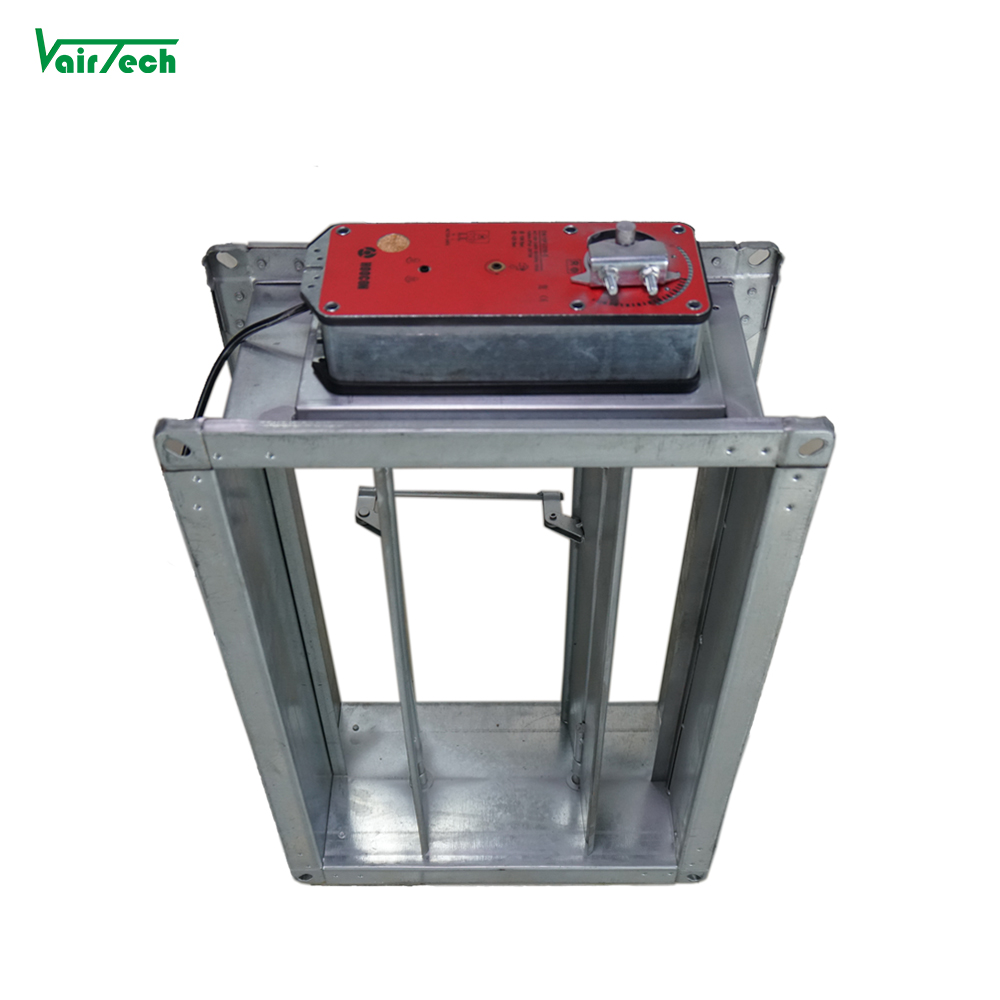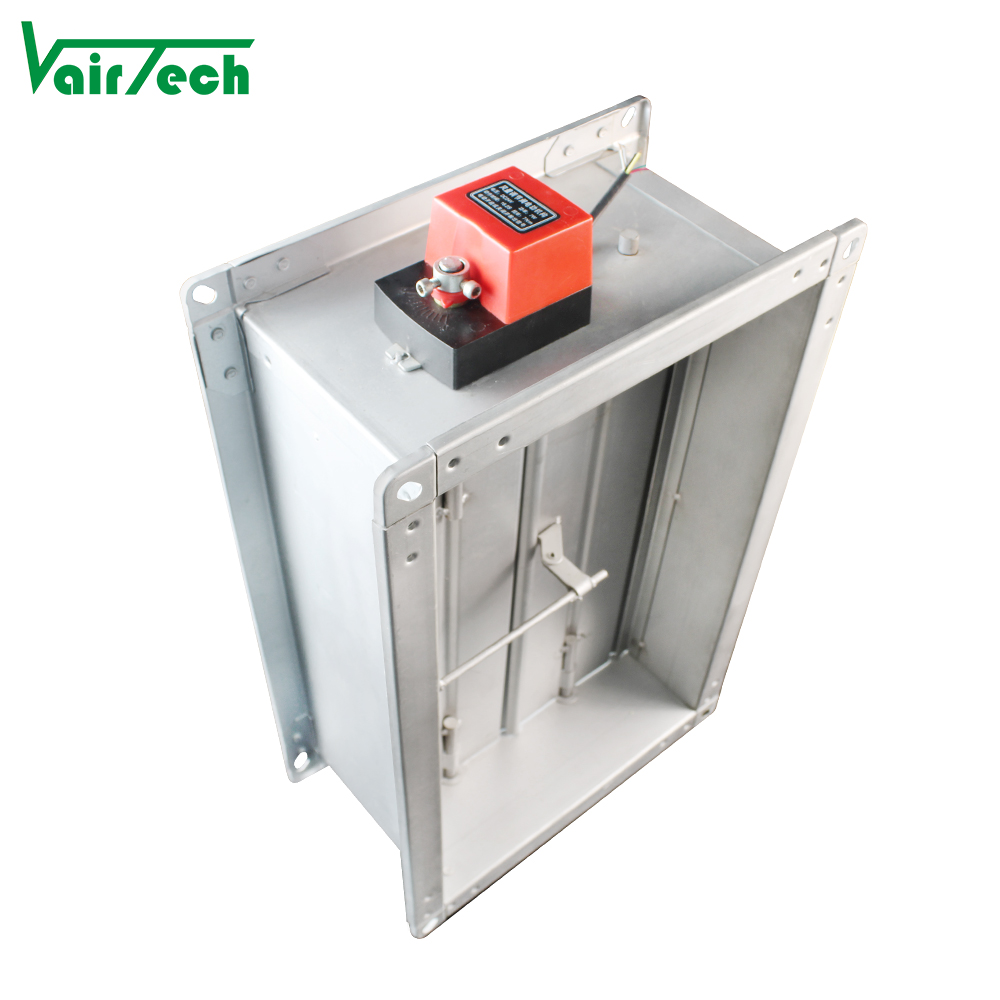Ventilation air grille diffuser
air vent manufacturer since 2002
 Vairtech
Vairtech  2025-09-22
2025-09-22
Selecting the right damper actuator is a critical step in ensuring optimal performance and efficiency of your HVAC system or industrial application. During the selection process, several key factors should be kept in mind to ensure compatibility, reliability and effectiveness. Below is a comprehensive guide to help you select the right damper actuator:


Understand the Application
The first step is to understand the primary function of the damper actuator in the system. Determine whether it’s for regulating temperature, controlling air quality, ensuring safety, or serving another specific purpose. This will guide many subsequent decisions, as different applications may require different types of actuators.
Select the Type of Actuator
Based on your needs and the environment, choose between an electric, pneumatic, or hydraulic actuator. Electric actuators are favored for their precision, pneumatic actuators for robustness in harsh environments, and hydraulic actuators for high force output. Considering factors like precision, force requirements, and environmental conditions is essential in making this decision.
Determine the Torque Requirements
Calculate the torque needed to move the damper, considering factors such as friction, air pressure, damper size, and other relevant variables. Ensure that the actuator can provide sufficient torque to handle the load effectively without straining or failing prematurely.
Compatibility with Control Systems
Consider how the actuator will interface with control systems. Modern actuators often offer digital integration capabilities, enhancing precision and functionality. Ensure compatibility with existing or planned control systems to facilitate seamless operation and management.
Evaluate the Operating Environment
Assess the environment in which the actuator will operate, including temperature extremes, humidity levels, and potential exposure to corrosive substances. Choose an actuator designed to withstand these conditions to ensure longevity and reduce maintenance needs.
Analyze Power Source Compatibility
Ensure that the chosen actuator is compatible with your available power source—be it electrical, compressed air, or hydraulic fluid. Incompatibility can lead to additional costs or system inefficiencies.
Safety Features
Depending on the application, prioritize safety features such as fail-safe mechanisms. These mechanisms ensure that the damper moves to a safe position in the event of power loss or system failure, preventing potential hazards.
Maintenance Needs
Evaluate the ease of maintenance and establish a realistic maintenance schedule. Some actuators might require more frequent attention, impacting operational costs and system downtime. Opt for solutions that balance performance with manageable maintenance demands.
Regulatory Compliance
Ensure that the actuator meets applicable standards, codes, or regulations specific to your industry or region. Non-compliance can lead to legal issues and additional financial burdens.
Budget Considerations
Evaluate the total cost of ownership, including purchase price, installation, maintenance and energy consumption. A higher initial investment in a quality actuator can lead to long-term savings through reduced energy use and lower maintenance costs.
Consult Manufacturers or Distributors
Engage with knowledgeable manufacturers or distributors who understand your specific needs. They can provide valuable guidance based on experience with similar applications, helping you select the right product and avoid costly mistakes.
Future Scalability
Consider potential future needs and system scalability. Opting for an actuator with additional capacity or advanced features can offer flexibility for future changes or upgrades, protecting your investment and preparing for expansion or modifications.
By carefully considering these factors and potentially consulting industry-specific guides or standards related to damper actuators, you can make an informed decision that ensures your HVAC system or industrial application operates efficiently, safely, and cost-effectively.